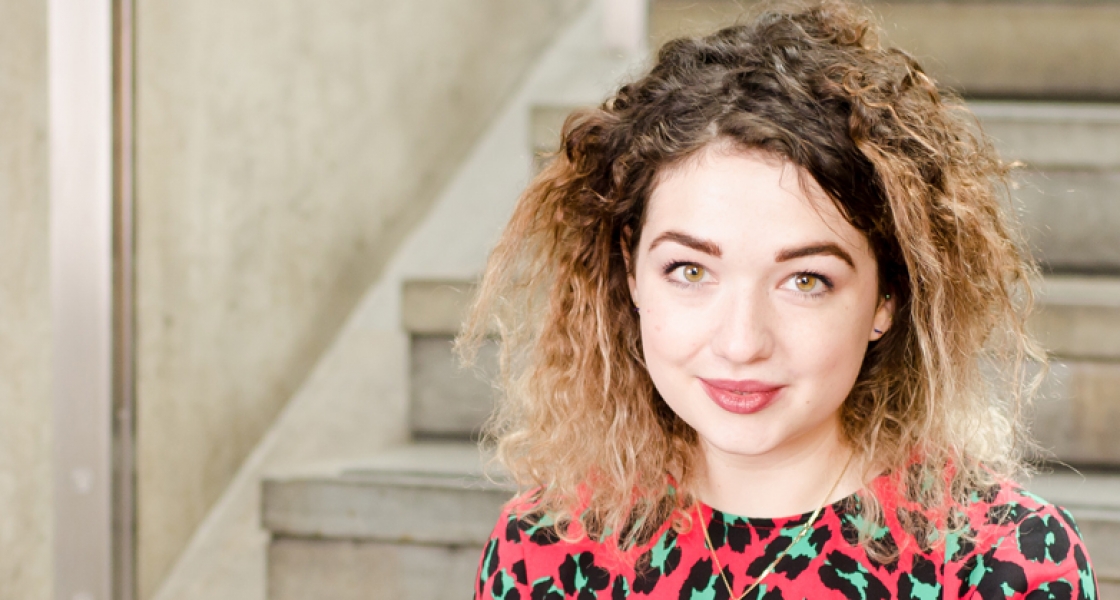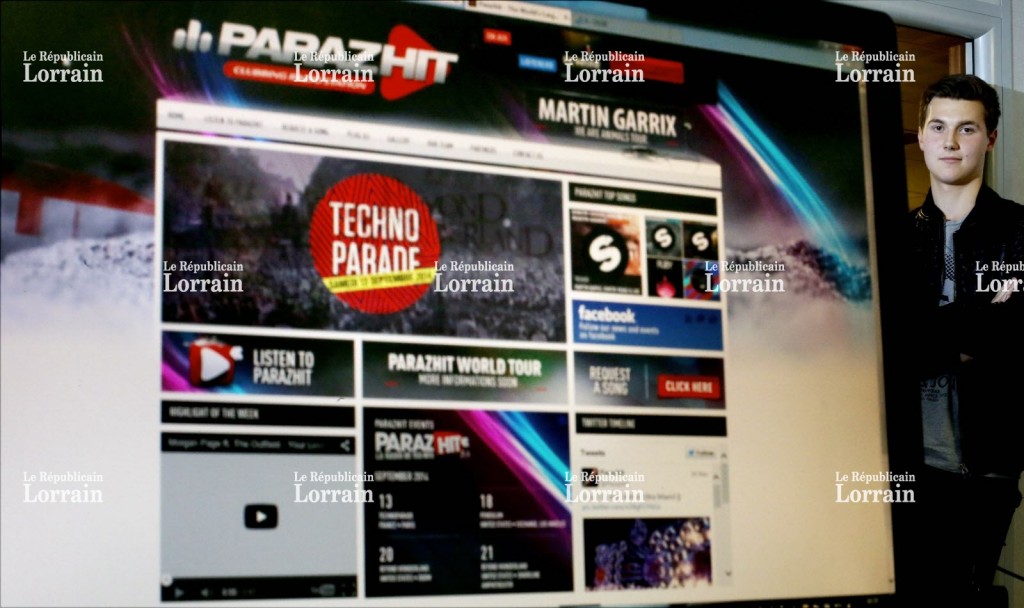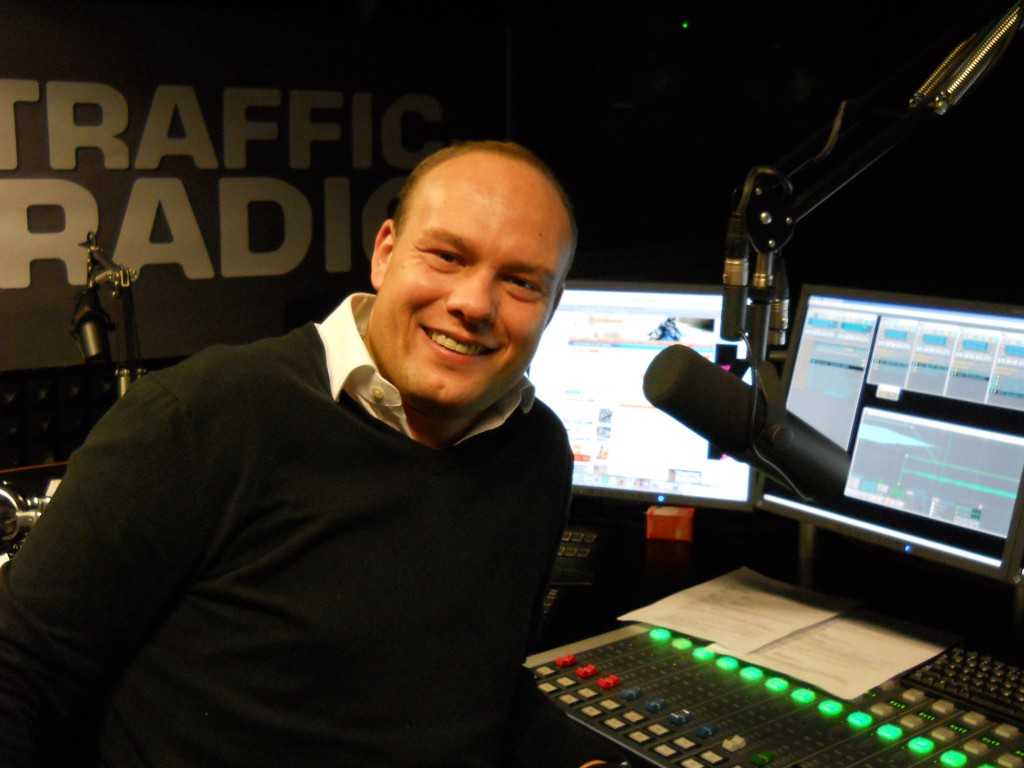We’ve been talking about the uncertain future of radio for years now. The risk of loosing connection with young audience is one of the most present concerns in the industry. I have already expressed my belief that the industry needs young professionals willing to challenge conventions in order to face that concern and that uncertainty in radio.
A couple of weeks ago, Anthony Gay, Managing Director of ReelWorld Europe, wrote a brief article in an optimistic tone in which he expressed his conviction that radio is not dying, but changing drastically. Forever. Anthony mentions in that article a great initiative of the Radio Academy in United Kingdom that his company is sponsoring, the Radio Academy 30 Under 30 which recognises thirty brilliant UK radio professionals under the age of thirty.
Like Anthony, I choose to see the glass half full and I would like to have a look in this article at what young radio professionals (or radio guys, some of them might prefer to avoid the word professional) are doing in today’s radio and how they are contributing to its future.
In recent weeks I had the opportunity to learn more about some interesting projects in radio and meet or chat with some of the people behind. These are some of them:
Catherine Brinkworth
Deputy Station Manager at Roundhouse Radio in London
You may know Roundhouse, the venue where Apple held its Apple Music Festival in London recently, for example. It’s much more than that. They self-describe as an engine room for creative invention. It’s an organisation powered by artists aimed to inspire and form young creators – aged between 11 and 25 – from London. And the radio station is part of it.
In addition to Catherine‘s responsibility as manager, she hosts a show specialised in reggae on the station. Catherine tells me that she feels like kind of a freak because for her same age friends (she is 25), her passion for radio is difficult to understand. They don’t talk about radio. They usually don’t listen to live radio. They listen to podcasts though.
I ask Catherine about non-linear radio. The team at Roundhouse Radio recently gained awareness of how important their on-demand listening is versus live streaming. They are putting as much care as possible on that now, uploading all the shows to Mixcloud (they love Mixcloud, Catherine says it’s been created for radio).
I believe non-linear radio is an opportunity for better produced radio content. Catherine agrees. Roundhouse team is experimenting with (new?) formats. For instance, they produce comedy and drama. (Catherine volunteers for In the Dark) Nevertheless, they still believe in the power of the connection with the audience during live broadcasting.
Experimentation. Catherine used that word. I ask her about the balance between trying new things, challenging conventional ways of doing things and – at the same time – receiving education from the professionals from traditional media that are involved in the Roundhouse organisation. Education and inspiration are crucial at Roundhouse. They feel they have the mission of forming the professionals for the future of media in London. But experimentation and innovation are part of the DNA of the young team behind Roundhouse Radio. Creating and having fun while doing it is an important part as well, Catherine says.
We’ll probably find similarities between Roundhouse Radio and some of the other projects in this article, but there’s a critical difference: funding. Roundhouse Radio doesn’t have the urgency of finding a revenue model. They are funded by the Amy Winehouse Foundation.
Roundhouse Radio only broadcasts online, no FM. Catherine Brinkworth points out that the level of innovation, the experimental approach or the creativity has little to do with the technology used to carry the signal or distribute the content. There currently is an explosion of new stations in London that are shaping a very wide spectrum of original radio propositions. Some are exclusive online, some are using a FM frequency legally, others (a)legally. They are housed in concert venues, cultural centers, coffee shops, restaurants… or they just move from building to building, always in undisclosed locations. Defining them is not easy: community, alternative, cultural, pirate, experimental, educative? Probably all that at the same time, combining ingredients in different proportions from case to case. In London, radio is very alive.
Catherine thinks there’s – specially – one station worth mentioning, Reprezent. It’s a radio station based in Peckham (London) run by people under the age of 25, that broadcasts both on FM and online and provides young people with training programmes.
Orpheu
Founder of Red Light Radio in Amsterdam
As you have probably figured out from its name, this online radio station is located in the Red Light district in Amsterdam. The name of this area of Amsterdam comes from the red light used in the windows where prostitutes offer their services. Through one of these red lighted windows, opposite to De Oude Kerk church, you can see the studio that Orpheu and the rest of the team use for airing their shows.
Talking about airing shows… I confessed to Orpheu, one of the two original founders of Red Light Radio, that I expected online stations to give less importance to live broadcast. They don’t really need to be live, and they can produce better radio shows by pre-recording them. He makes evident that he disagrees, with a simple question: “Is that a good thing?” . Orpheu is convinced that the contact in real time with the audience during live broadcasting is more important.
Orpheu is a person who expresses with clarity. You don’t need more than five minutes to understand what Red Light Radio is NOT. It’s not radio constrained by a format designed for reaching a broad audience, so the station can offer advertisers the value of the quantity of listeners reached. Red Light Radio pursues being the antithesis of that.
Freedom versus format. That’s how the founder of RLR explains it to me. The DJ’s and presenters are totally free to play, say, do whatever they want in their shows. I ask Orpheu how are curators and hosts selected. He’s crystal clear again: “If I like them, they are in. This is not a democracy”. Interesting, freedom and non-democracy in the same paragraph. It makes sense though. Freedom is creativity, spontaneity. The non-democratic approach is definition, identity.
The conversation went back to revenue model. If RLR doesn’t sell quantity of listeners to advertisers, how do they get funded then? They are still exploring revenue models, like many other online stations, but they have already established partnership with brands with affinity to RLR‘s community.
Is Red Light Radio a community radio? They are not growing an audience, they are building a community, Orpheu says. And talking about growth, Orpheu admits an interesting contradiction: RLR wants to become more popular, but its scared of growing at the same time. Some stations change, evolve to something different, transform when they grow. It’s not that RLR doesn’t want that, but they look at it with caution.
RLR‘s team looks at the stats on Mixcloud from time to time. Not for finding out what worked best. They don’t really care about what the audience think. Same with social networks. It’s not that Orpheu and the rest of hosts are interested in knowing what the listeners like or dislike in order to make changes. Even the location of the listeners is more interesting for them than that.
And again: it makes sense. When you are not after a mass audience, but niche, identity is crucial. Adapting to the audience’s expectations is not as important as having a clear, consistent, strong personality, being able to reach the right audience wherever they are and connecting with them through authenticity. Probably Seth Godin would love RLR‘s strategy.
If you want to learn more about Red Light Radio and some other online community (or not) radio stations you can listen to this panel held at the Online Radio Festival in Amsterdam:
Dimitri Boch
Founder of Parazhit
Dimitri is a French eighteen years old entrepreneur who launched Parazhit (read as parasite in French) who presumes of having been selected the Youngest French Entrepreneur – when he was sixteen – by the Républicain Lorrain. If you have listened to the audio from the panel that I embedded above, you probably have heard someone – from RLR – saying at some point “we are not a fucking start-up”. Well, I’m quite sure Dimitri wouldn’t say the same thing about Parazhit.
Besides radio, Parazhit is pure entrepreneurship for Dimitri. A very personal venture, in which he has involved a very small team of friends with a Lean approach and a clear goal: monetising as soon as possible by finding their minimum viable product.
Dimitri‘s attitude towards growth differs clearly with Orpheus‘, he wants exponential growth. When he felt that Parazhit had traction in France – hundreds of thousands of listeners and followers in social networks, big-named DJ’s signing as residents – he decided to move to Amsterdam and position the station as “the world’s largest electronic music radio station”
Opportunity – as in right timing – is crucial for a startup. Dimitri has, undoubtedly, that opportunistic entrepreneurial side. He decided to relaunch the station (or stations in plural, he’s planning to launch around 12 channels) during ADE (Amsterdam Dance Event).
Focus is something very present at Parazhit as well. Very clear priorities. First, re-launching. Anything that is not directly related is automatically postponed. This is much easier saying than doing! Second, getting revenue. Actually we should say getting revenue back. Dimitri has learned that repositioning Parazhit as a worldwide station is not just about moving to a different city, changing the slogan and using English instead of French. It’s almost starting from scratch. The French version of Parazhit was already getting advertising revenue. The founder of Parazhit has found a complication: there are no media buyer agencies selling audio adverts globally. Dimitri‘s team has now two options: either building global partnerships with brands directly themselves or implementing the required technology for targeting listeners using location-based segmentation.
Ron Lemmens
Station Manager at Traffic Radio, All Sports Radio and New Business Radio
Ron worked in FM commercial radio, in Decibel in the Netherlands. He believes there’s no room for creativity and freedom in it. For Ron, the constrain is not in the format – which is for RLR‘s Orhpeu – but in the methodologies. In the first minutes of my conversation with the Station Manager of All Sports Radio (and other two stations), he already expressed his criticism with traditional radio: organisations are risking their future by playing safe. Repeating successful formulas from abroad – and from the past – is not the right way for Ron. Fighting for the same mass audience is making all commercial stations sound the same.
Ron doesn’t fit in that type of radio. That’s why he got on board of Traffic Radio as morning-show presenter when a bunch of Dutch media guys, founders of the company behind the station (a call-centre providing customers with road assistance while driving) invited him to join the radio venture.
A very specific format. A very niche positioning. But instead of feeling constrained, the team at Traffic Radio tried to challenge it from the beginning. They started introducing sports. Wheels were the excuse: Formula 1, cycling, etc. After doing this on-air for some time, they conducted some research (focus groups). What did people say? “You should create a new station for sports”. Experiment. Measurement. Outcome. And the outcome was the decision to launch All Sports Radio.
Experimentation is a core value for Ron, the company, and the team. A very young team, Ron says. He likes surrounding himself with young radio people, full of passion, willing to create and innovate in formats. There’s ambition as well. Ron can foresee the company increasing the offer to ten or twelve stations in some years.
Like with Red Light Radio, we talk about growth and advertising revenue. And the mindset is very similar. Ron says: “When a brand asks us how many listeners we have, we say none. It’s not true, but we don’t want them to expect number of listeners, but the right listeners“. All Sports Radio‘s approach is very similar to RLR‘s. The advertisers on both stations don’t expect a high number of impacts reaching a huge audience with a few ads during a short time campaign. Station and brand are building long-term partnerships, based on a very clear affinity of the brand with the station and its listeners. Both All Sports Radio (Traffic Radio and New Business Radio) and Red Light Radio believe this is a sustainable revenue model.
Like Parazhit, there’s laser focus in Ron‘s team. They can see the route ahead, they know what they want and what they need in the coming months. But everything is left aside by now if it’s not aligned with the only priority: building. They perceive they are still at the stage of building up the foundations of the company and the stations. That means building the team, the formats, and the content.
There are, probably, many more examples of new radio ventures, out of the box of traditional radio, exploring different ways of doing, experimenting with formats and trying to innovate, consciously or not. Some will be worldwide, other nation or region based, other local-community radio stations. Live or on-demand. Whether the average age of their teams is 19 or 28, doesn’t really matter. The key thing is that there are new generations, not only listening, but creating great radio content on their own terms. As I said in the beginning, I choose to see the glass half full. Radio has a future.
My name is Tommy Ferraz and I’m a radio guy. For almost two decades I did radio myself, now I help stations improve on-air content. Please, feel free to mention in comments if you know some other good examples.



